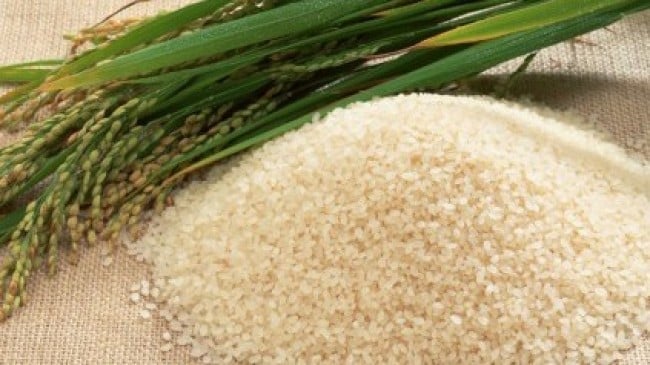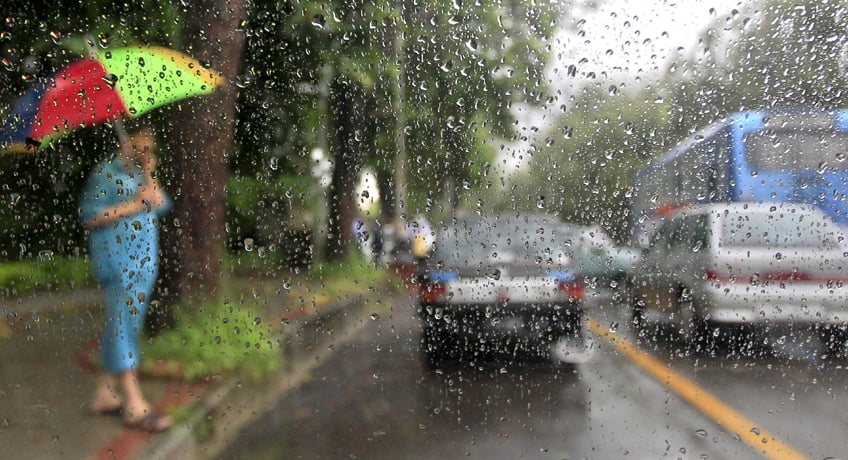
The government has decided to sign a deal with the European Union (EU) on the apportionment of Tariff Rate Quotas (TRQs) to enhance rice exports following the UK's departure from the EU. With customs territories now divided, Pakistan aims to formalise an agreement with the EU to maintain and potentially expand its rice exports.
Commerce ministry officials stated that Pakistan's rice exports to both the EU and the UK are already exceeding the current quota, making the agreement with the EU a procedural matter. In this regard, the cabinet has approved signing the agreement on the apportionment of TRQs with the EU-27 post-Brexit.
Ministry of Commerce officials told The Express Tribune that after the UK withdrew from the EU in January 2020, the EU initiated negotiations under Article XXVIII of the General Agreement on Tariffs and Trade (GATT) to distribute the TRQs between the EU-27 and the UK. Officials further explained that Article XIII of GATT obliges contracting parties to administer TRQs fairly and without discrimination, ensuring that trade shares closely reflect what they would have been in the absence of such restrictions.
The cabinet was informed that the guiding principle behind the negotiations was a 'joint approach' developed between the EU and the UK in 2017. Under this framework, the 142 EU agricultural, fish, and industrial WTO TRQs listed in the EU-28 WTO Schedule would be fully maintained but divided between the EU-27 and the UK.
Pakistan did not hold Initial Negotiation Rights under the EU Schedule CLXXV when it was notified in 1994 and was not a primary supplier for any product under the TRQs being apportioned. However, the EU acknowledged Pakistan's substantial interest in several rice varieties listed under TRQ Sequence 76, 77, 78, 79, 80, and 81.
The cabinet was further informed that extensive consultations were held with domestic stakeholders and the EU. During these discussions, Pakistan's position was that it should not be disadvantaged in the apportioned TRQ quantities where it had consultation rights. Additionally, to ensure increased rice exports, husked brown rice under tariff line 10062000 was reflected in the EU Schedule, even though it was not part of the apportioned TRQs between the EU and the UK.
At the conclusion of formal consultations, Pakistan agreed to the principles and methodology for apportioning the TRQs, and an arrangement was finalised through an exchange of letters, which were initialled in Geneva between the EU and Pakistan in January 2021. In order to complete the TRQ apportionment for rice, an agreement is now set to be signed between Pakistan and the EU.
It was also informed that in a similar case, an agreement on TRQ apportionment had already been signed between Pakistan and the UK on July 6, 2022. The Ministry of Commerce further informed the cabinet that, as per Rule 8 of the Rules of Business, 1973, consultations were carried out with the Ministry of Foreign Affairs and the Law and Justice Division before moving forward with the agreement.
In light of this, the following proposals were submitted for the federal cabinet's consideration and approval under Rule 16(1)(h) of the Rules of Business, 1973. First, the cabinet's approval was sought for the agreement on the principle and methodology for apportioning TRQs between Pakistan and the EU. Second, authorisation was sought for Pakistan's ambassador to the EU in Brussels to sign the agreement. Third, ex-post facto approval was requested for the signing of a similar TRQ apportionment agreement between Pakistan and the UK, which does not entail any financial implications for the Government of Pakistan.
Accordingly, the federal cabinet reviewed the summary titled "Agreement on Apportionment of Tariff Rate Quotas (TRQs) with EU-27 Post-Brexit under Article XXVIII of the General Agreement on Tariffs and Trade (GATT)" as submitted by the Commerce Division and granted its approval.
























COMMENTS
Comments are moderated and generally will be posted if they are on-topic and not abusive.
For more information, please see our Comments FAQ